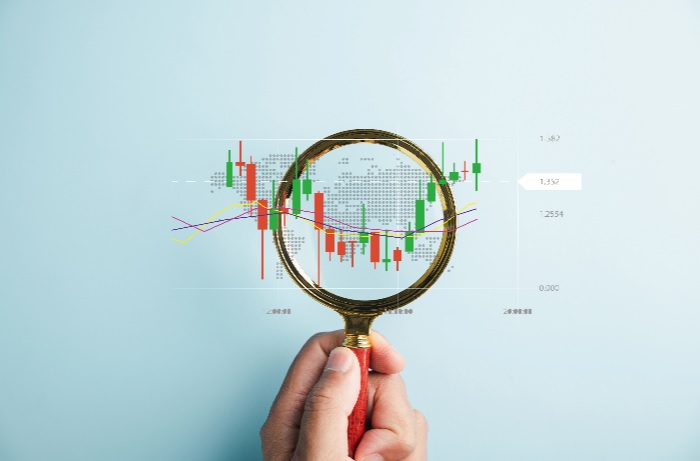In the fast-paced world of forex trading, having the right tools at your disposal can be the difference between success and struggle. Among these tools, indicators play a crucial role in helping traders analyze price movements, identify trends, and make informed decisions. In this comprehensive guide, we’ll delve into the top five indispensable forex indicators that every trader should incorporate into their trading strategy.
1. Moving Averages (MA)
Moving averages are foundational indicators that smooth out price data over a specified period, providing a clearer view of the underlying trend. Simple Moving Averages (SMA) and Exponential Moving Averages (EMA) are two commonly used types.
How to use: Traders utilize moving averages to identify trends, potential entry and exit points, and to filter out market noise. For instance, when an asset’s price consistently remains above its moving average, it may indicate a sustained uptrend.
2. Relative Strength Index (RSI)
The RSI is a dynamic momentum oscillator that measures the speed and change of price movements. It ranges from 0 to 100 and is widely employed to identify overbought or oversold conditions.
How to use: An RSI reading above 70 may signal that an asset is overbought and could be due for a price correction. Conversely, a reading below 30 may suggest that an asset is oversold and could be due for a price increase.
3. Moving Average Convergence Divergence (MACD)
The MACD is a versatile indicator that combines elements of both trend-following and momentum indicators. It consists of two lines – the MACD line and the signal line – along with a histogram.
How to use: Traders scrutinize crossovers between the MACD line and the signal line, as well as changes in the histogram, to identify potential entry and exit points.
4. Bollinger Bands
Bollinger Bands are dynamic indicators that comprise a middle band (a moving average) and upper and lower bands representing standard deviations from the middle band. They offer a visual representation of price volatility.
How to use: When the price touches the upper band, it may indicate that the asset is overbought and could be due for a price correction. Conversely, when the price touches the lower band, it may suggest that the asset is oversold and could be due for a price increase.
5. Fibonacci Retracement Levels
Fibonacci retracement levels are horizontal lines that indicate potential support and resistance levels based on the Fibonacci sequence.
How to use: Traders employ Fibonacci retracement levels to identify potential reversal points in a trend. Common retracement levels include 38.2%, 50%, and 61.8%.
Conclusion
While these five indicators are considered essential by many traders, it’s crucial to remember that no single indicator is foolproof. It’s often beneficial to use a combination of indicators to confirm signals and reduce the risk of false positives. Additionally, practice and experience are key in effectively utilizing these tools. As you incorporate these indicators into your trading strategy, remember to continuously monitor their effectiveness and adjust your approach as needed.
By mastering these essential indicators, you’ll be better equipped to navigate the complexities of the forex market and make more informed trading decisions
Choosing the Right Forex Trading Platform for Your Trading Style

